Unlocking Time to Live (TTL) in YSQL
This edition of the Distributed SQL Tips and Tricks blog looks at a simple and efficient approach to achieve TTL-like functionality in YSQL API using database partitions.

This edition of the Distributed SQL Tips and Tricks blog looks at a simple and efficient approach to achieve TTL-like functionality in YSQL API using database partitions.

This edition of the Distributed SQL Tips and Tricks blog looks at how to use READ COMMITTED isolation in YugabyteDB to avoid restart errors in YSQL, ensuring a smoother database experience.
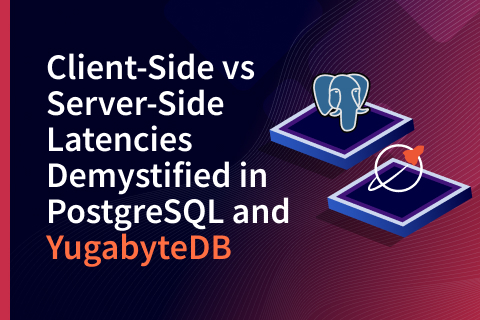
Every SQL execution in PostgreSQL and therefore in YugabyteDB YSQL takes time to process. A common way to identify how much is time spent on processing is to use the pg_stat_statements view in the database. However, the time visible in pg_stat_statements might differ from the time a database client registers for the execution. Where does this difference come from? Let’s take a look.
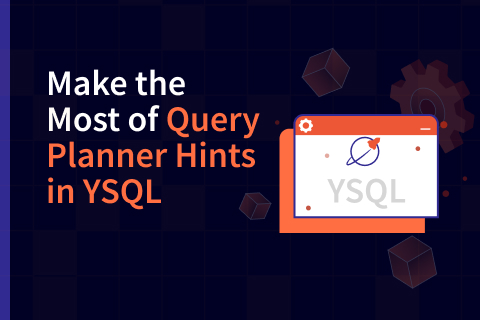
Learn how to best use Query Planner hints in the YugabyteDB database to optimize business queries based on how applications expose them. Walk through a use case that utilizes data sets from two popular TV shows to find total viewership per season, episode, etc.
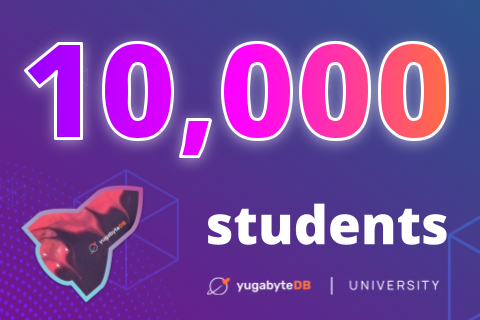
After officially launching Yugabyte University in early 2022, we are happy to share a major milestone! Ten thousand amazing students are enrolled in various self-paced and instructor-led courses, certification programs, and builder workshops to better build their skillsets around distributed SQL and YugabyteDB. Read this blog for an overview of what’s currently available, including links to specific learning experiences.
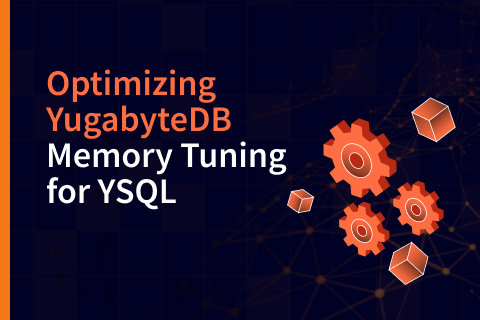
Want to know how to optimize YugabyteDB memory tuning for YSQL?
This blog provides an overview of each of the memory utilization buckets and offers best practice considerations for tuning memory with a YSQL workload.
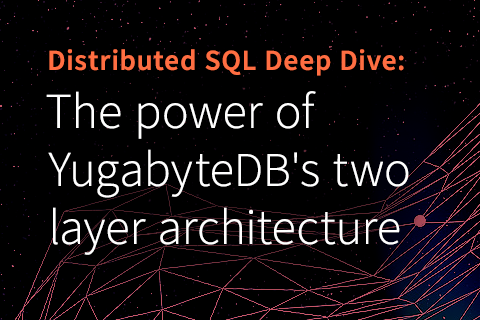
YugabyteDB is a 100% open source, distributed SQL database system. This single phrase expresses two distinct notions: a SQL database system, and a distributed database system. Historically, these notions were mutually exclusive. But current technology allows a single system to implement both notions. YugabyteDB does this with its two-layer architecture: an extensible query processing layer and a distributed document store.
In this blog post,
…
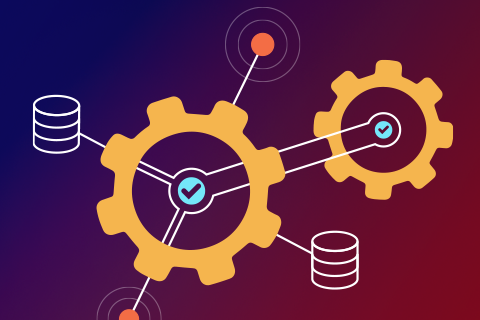
Welcome back to our bi-weekly tips and tricks blog where we recap some distributed SQL questions from around the Internet. We’ll also review upcoming events, new documentation, and blogs that have been published recently. Got questions? Make sure to ask them on our YugabyteDB Slack channel, Forum, GitHub, or Stack Overflow. Let’s dive in:
When looking to pool your connections with YugabyteDB many users take a look at PgBouncer,
…
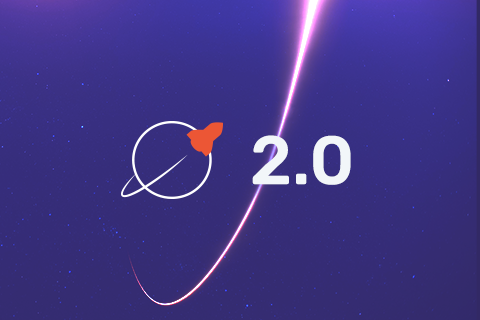
YugabyteDB 2.0 is now available! This release features the production-ready Yugabyte SQL (YSQL) API. Discover new updates, including performance benchmarks, Jepsen test results, and a sneak peek at upcoming Beta features.

Our previous post dived into the details of the storage layer of YugabyteDB called DocDB, a distributed document store inspired by Google Spanner. This post focuses on Yugabyte SQL (YSQL), a distributed, highly resilient, PostgreSQL-compatible SQL API layer powered by DocDB. A follow-up post will highlight the challenges faced and lessons learned when engineering such a database.
Yugabyte SQL (YSQL) is a distributed and highly resilient SQL layer,
…